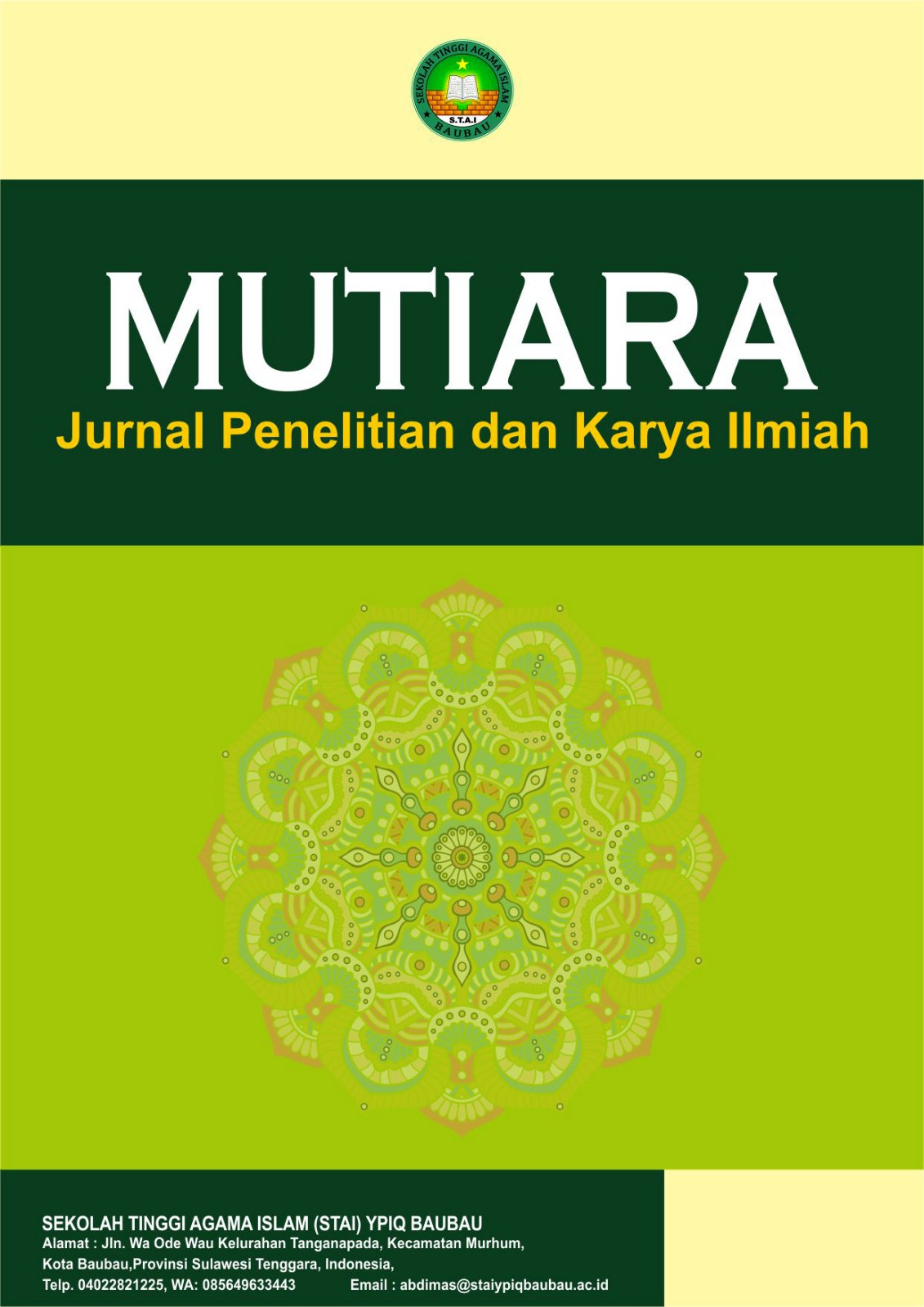Kelayakan Sediaan Kosmetik Pewarna Rambut dari Ekstrak Daun Pacar Kuku (Lowsonia Inermis) Sebagai Sediaan Kosmetik Pewarna Rambut Beruban
DOI:
https://doi.org/10.59059/mutiara.v3i3.2500Keywords:
Nail, Henna leaves, Hair Dye, Gray HairAbstract
Hair is a part of the body that requires care, one of which is thorugh the use of hair dye. To obtain safer alternative, natural hair dye was developed from henna leaf extract (Lawsonia inermis). This study aims to analyze the formulation of hair dye cosmetic from henna leaf extract through laboratory tests (lawsone content, tannin content, and pH), organoleptic tests (texture, color, aroma), and hedonic tests (panelist preference). The reseacrh employed an experimental quantitative approach involving 7 panelists consisting of 2 lecturers in beauty and makeup, 2 pharmacists, and 3 beauty students. Data were collected through observation, documentation, and questionnaires. The result showed that all formulations (F1, F2, F3) tested positive for lawsone and tannin content and had a pH value of 5, which meets the standard pH for hair dye. In the organoleptic test, formulation F2 was rated the best, with 86% of panelists stating the texture was thick, 57% stating the color was deep yellow, and 72% stating the aroma was characteristic of henna leaf extract. In the hedonic test, formulation F1 was fairly liked (86%) and formulation F3 was liked by 86% of the panelists. Based on these results, hair dye cosmetics made from henna leaf extract are considered suitable for use as natural hair dye products.
References
Darmapatni, K. A. G. (2016). Pengembangan Metode GC-MS untuk Penetapan Kadar Acetaminophen pada Spesimen Rambut Manusia. Jurnal Biosains Pascasarjana, 18(3), 255. https://doi.org/10.20473/jbp.v18i3.2016.255-266
Eko Nurmianto, Naning Aranti Wessiani, & Rizka Megawati. (2018). Desain Alat Pengasapan Ikan Menggunakan Pendekatan Ergonomi, Qfd Dan Pengujian Organoleptik. Jurnal Manajemen Dan Teknik Industri Produksi, 10(2), 68–82. https://journal.umg.ac.id/index.php/matriks/article/view/380
Hamsar, I. (2023). Pewarnaan Rambut. 0, 1–23.
Harris, B. (2021). Kerontokan Dan Kebotakan Pada Rambut. Ibnu Sina: Jurnal Kedokteran Dan Kesehatan - Fakultas Kedokteran Universitas Islam Sumatera Utara, 20(2), 159–168. https://doi.org/10.30743/ibnusina.v20i2.219
Karunia. (2016). EFEKTIFITAS EKSTRAK DAUN PACAR CINA DAN PACAR AIR TERHADAP PERTUMBUHAN JAMUR Colletotrichum musae (Berkeley et Curtis) Arx PENYEBAB PENYAKIT ANTRAKNOSA PISANG SECARA IN VITRO (Vol. 4, Issue June).
Kirana Lahsmin, Y., Iswadi, I., Aisyah, A., & Rahmaniah, R. (2019). PENGARUH KONSENTRASI PIGMEN WARNA DARI DAUN PACAR KUKU (Lawsonia inermis L.) TERHADAP EFISIENSI DYE SENSITIZED SOLAR CELL (DSSC). Teknosains: Media Informasi Sains Dan Teknologi, 12(2), 61–72. https://doi.org/10.24252/teknosains.v12i2.7598
Kustianti, N., Endang, A., & Yesi, B. (2018). Pengaruh Penggunaan Bubuk Kayu Manis dan Cengkeh sebagai Pewarna Rambut Beruban. Pendidikan TataRias, Universitas Negeri Surabaya, 1(November), 72.
Lamusu, D. (2018). UJI ORGANOLEPTIK JALANGKOTE UBI JALAR UNGU (Ipomoea batatas L) SEBAGAI UPAYA DIVERSIFIKASI PANGAN. Jurnal Pengolahan Pangan, 3(1), 9–15. https://doi.org/10.31970/pangan.v3i1.7
Megawati, S., Herman, H., & Masruhim, M. A. (2013). Penentuan Dosis Efektif Ekstrak Daun Pacar (Lawsonia inermis L.) sebagai Antiinflamasi. Journal of Tropical Pharmacy and Chemistry, 2(3), 186–191. https://doi.org/10.25026/jtpc.v2i3.65
Mustoro, P. (2022). Penambahan Bubuk Kopi Pada Produk Pewarna Henna Untuk Rambut Beruban. 14(1), 93–107.
Nizer, R. (2019). Pengaruh Penggunaan Mordan Jeruk Lemon (Citrus Limon ) Dan Arang Sebagai Adsorben Terhadap Hasil Warna Daun Pacar (Lawsonia Inermis). Jurnal Pendidikan Dan Keluarga, 11(1), 80. https://doi.org/10.24036/jpk/vol11-iss1/605
Nurhijrah. (2023). Kosmetologi. Tahta Media Group.
Prayanto, R. A. P. (2021). Penelitian BAB 3. Journal, 1–23.
Rika Widianita, D. (2023). KELAYAKAN SEDIAAN SAMPO EKSTRAK DAUN SENDUDUK (Melastoma malabathricum Linn) UNTUK PERAWATAN RAMBUT. AT-TAWASSUTH: Jurnal Ekonomi Islam, VIII(I), 1–19.
Safitri, M., & Novelni, R. (2024). Kelayakan Hair Tonic Daun Pare (Momordica Charantia L) Untuk Perawatan Rambut Rontok. Jurnal Tata Rias, 14(1), 33–45. https://doi.org/10.21009/jtr.14.1.04
Setiana, S., & Singke, J. (2015). pengaruh konsentrasi mordan kapur dengan zat warna daun pancar kuku (lawsonia inermis) kering terhadap pewarnaan kain knit catton Shella Setiana Juhrah Singke Abstrak. Jurnal Tata Busana, 04(3), 38–43.
Sholihuddin, M., & Jalil, M. (2018). Uban Dalam Persperktif Biologi Dan Teologi. Journal Of Biology Education, 1(1), 47. https://doi.org/10.21043/jobe.v1i1.3558
Wahyuni, N., & Yanita, M. (2024). Kelayakan Sediaan Kosmetik Pewarna Rambut Dari Ekstrak Kulit Buah Manggis (Garcinia Mangostana L) Untuk Rambut Beruban. Jurnal Pendidikan Tambusai, 8(1), 8427–8434.
Zubardiah, L., & Salsabil Putri Rivai, Z. (2023). Manfaat ekstrak etanol daun inai (lawsonia innermis l.) Sebagai bahan pewarna alami untuk kontrol plak (kajian pada tikus sprague dawley). Jurnal Kedokteran Gigi Terpadu, 5(1), 97–101. https://doi.org/10.25105/jkgt.v5i1.16780
Zulfina Rahmah Dinda, & Mimi Yupelmi. (2023). Perbandingan Ekstrak Warna Daun Jati (Tectona Grandis) Dan Ekstrak Warna Daun Pacar (Lawsonia Inermis L) Terhadap Hasil Pewarnaan Rambut. Student Scientific Creativity Journal, 2(1), 101–113. https://doi.org/10.55606/sscj-amik.v2i1.2651
Downloads
Published
How to Cite
Issue
Section
License
Copyright (c) 2025 Mutiara : Jurnal Penelitian dan Karya Ilmiah

This work is licensed under a Creative Commons Attribution-ShareAlike 4.0 International License.








